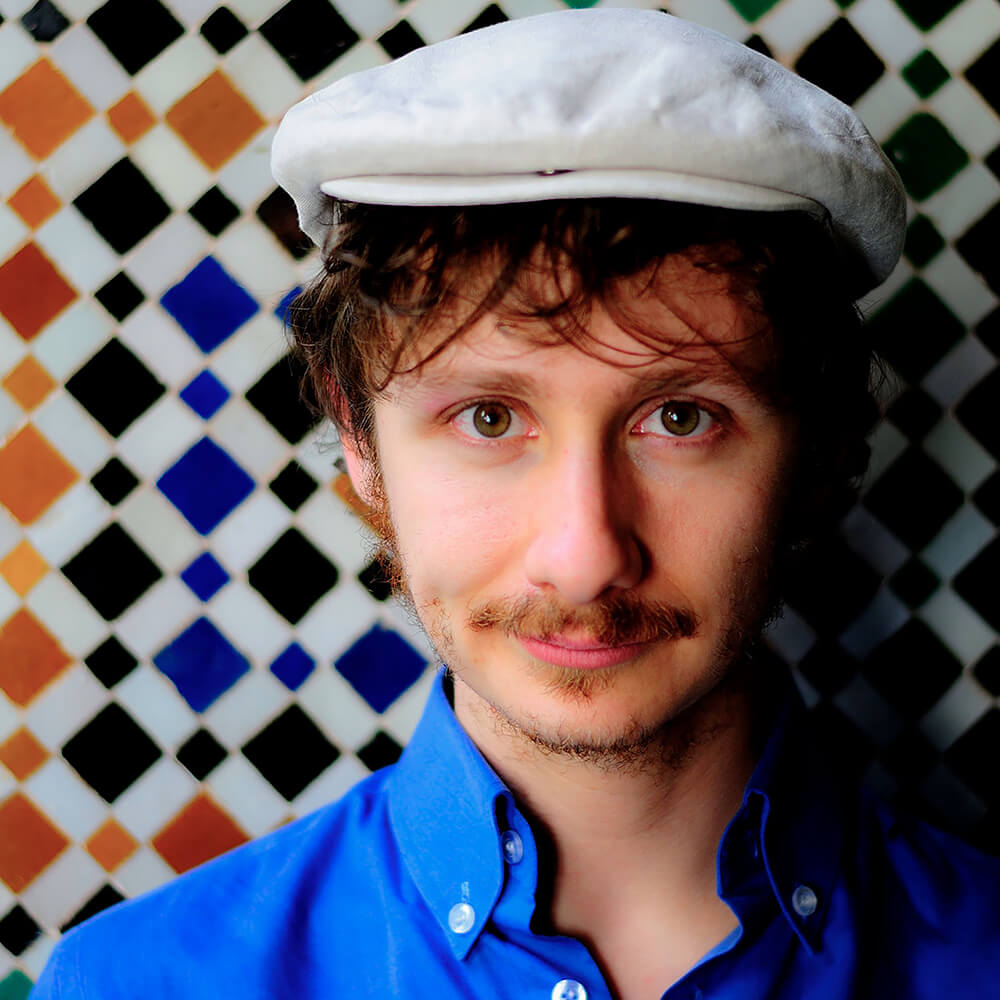Born in Italy, but a citizen of the world, Enrico Pescantini has visited over 66 countries in the world, experimenting with all kind of photography: from taking Polaroids of Barbie and Ken in Israel and Cuba to pioneer drone photography in Iceland, from sneaking pics in North Korea to take portraits of monks in Tibet.
Currently living in Milan, where he works on its exhibitions, partnerships with tourism boards and of course, the next travel destination.
Enrico Pescantini's photography is defined by vibrant colours and different perspectives, using drone, digital and underwater photography to give the audience an immersive experience of each travel destination, that can't be confined in just one point of view.
His hope is to inspire people with the beauty of our world: he strongly believes that traveling brings people together, giving them understanding that we all live on the same planet, and we need to work together to preserve it.
Barbie Around The World